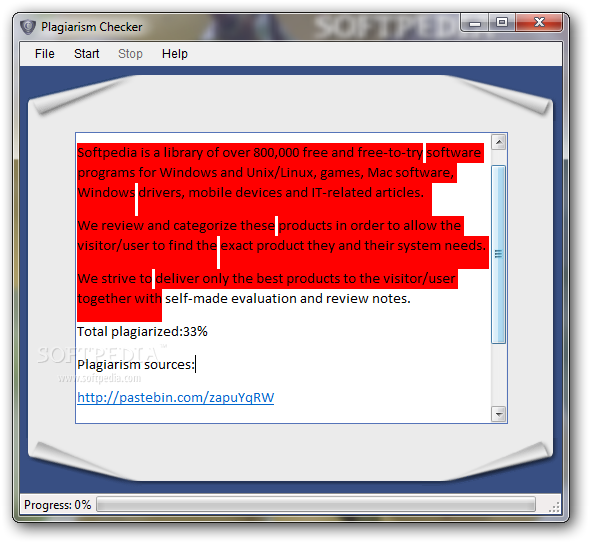

Explanatory examples can be found at APA style.

The recommended referencing style to be used across the Polytechnic is APA (American Psychological Association) style. Discuss group assignments or projects with your group mates and ensure that work submitted for the group is original and appropriately referenced.Discuss an assignment or project (where the assignment is meant to be done individually) with your classmates and then do your own work to produce your own individual assignment.Include an image from a website, CD, scanned from a book, journal to illustrate your essay, project, PPT slides etc and then properly reference the source of the image in the body of your work and in the reference list at the end.Paraphrase or summarise a section from someone else’s writings, by stating next to the paraphrase where the content or idea came from and then properly referencing the source in the reference list.As a general rule, limit your use of quotations to 15% of the total word count. Quote from a book, journal, website, friend, lecturer’s notes, etc, by clearly placing the quote in quotation marks and properly referencing the quote at the end of the assignment.Of course, we want you to read extensively to learn more about a topic before writing your assignments. When you submit any assignment at Ngee Ann Polytechnic, you are claiming that the work is entirely your own (except where you have properly quoted or paraphrased from other sources and given proper recognition to the sources). You cannot gain credit from the hard work of others. The original sources could include books, journal articles, a classmate’s assignment or project, textbooks, the Internet, CDs, CD-ROMs, DVDs, magazines, newspapers, radio, charts, graphs, lyrics, lines of a poem, illustrations, graphics, collection of audio samples, software, etc.Īll work that you submit must be your own.

Plagiarism occurs if you copy any part of a source and then submit it, claiming that it is your own work. forging someone else’s signature for attendance (or asking someone to forge your signature, or tapping your friend’s student card at the lecture theatre, etc).plagiarism, which means submitting the work of others as your own (or allowing someone else to copy and submit your work as their own).cheating in examinations, common tests, class tests, on-line quizzes, etc.Academic dishonesty includes, but is not limited to: The Polytechnic regards all forms of academic dishonesty with equal seriousness.


 0 kommentar(er)
0 kommentar(er)
